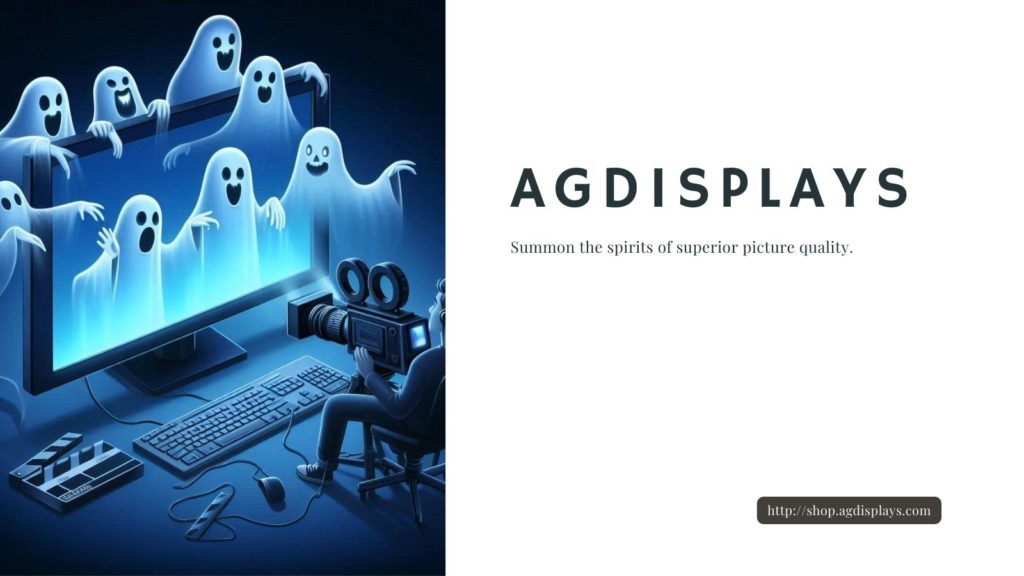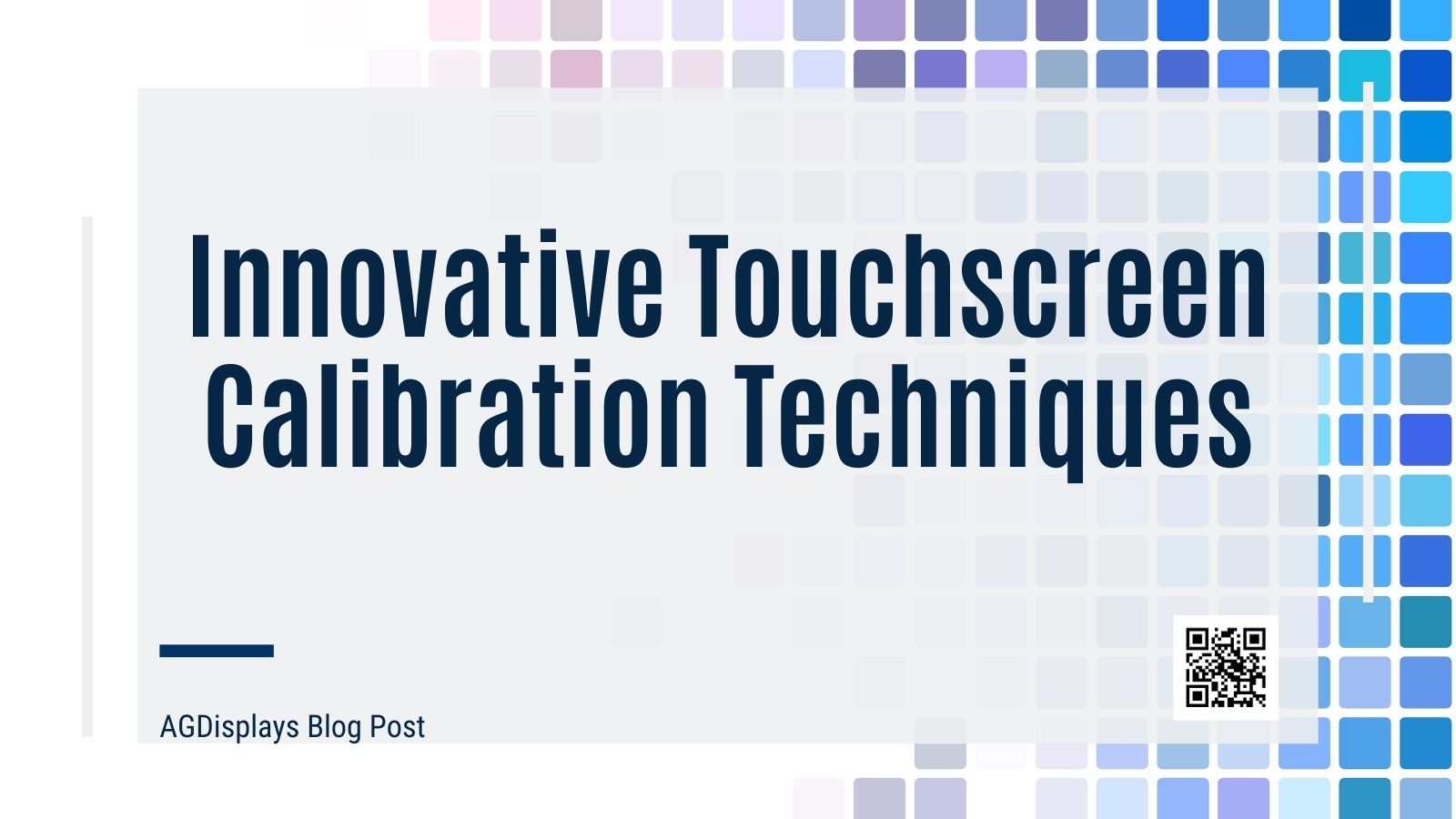In the world of horror cinema, fear isn’t just in the shadows—it’s also in the flickering screens and eerie visuals that LCD displays bring to life. Directors and filmmakers leverage LCD technology to add depth, suspense, and realism to their terrifying tales. From cursed screens to glitchy visuals, LCD displays have become a staple of horror, adding a chilling layer to modern scares. This blog delves into the evolution, unique applications, technological innovations, and future potential of LCD screens in horror movies, and explores how they enhance storytelling and audience engagement.
History of LCD Use in Horror Movies
Early Stages (1990s – Early 2000s)
LCD displays first crept into horror films in the 1990s as consumer technology began to evolve. This era saw movies using household electronics like TVs and computers as portals to the supernatural. Films such as The Ring (2002) famously capitalized on a cursed videotape viewed on television screens, with static-laden, distorted visuals creating dread. These early uses of screens were more symbolic, suggesting technology as a conduit for the unknown.
Growing Role in the 2000s
In the 2000s, as LCD technology became more accessible, it started appearing in horror movie settings like surveillance footage, video calls, and cell phones, connecting audiences to more familiar forms of tech-driven terror. Movies like One Missed Call (2003) and Pulse (2006) incorporated LCD screens as narrative devices for haunted, glitchy messages, emphasizing technology’s eerie unpredictability.
Modern LCD Horror (2010s – Present)
With the rise of high-definition LCD displays and portable devices, horror directors started using screens in highly creative ways. Movies like Unfriended (2014) and Host (2020) take place almost entirely on computer screens, immersing viewers directly in the terrifying online interactions of the characters. LCDs serve as the medium through which supernatural forces engage with the audience, creating an intimate and unsettling viewing experience.

Technological Innovations: LCD Displays in Horror Film Production
Real-Time Video Effects
Modern horror films often utilize real-time video effects on LCD screens to create ghostly apparitions or disturbing distortions. Advanced filming techniques and live-editing software allow directors to show frightening images on LCD screens, giving characters—and the audience—an authentic sense of terror. By using real-time technology, filmmakers can generate on-screen images that interact with the actors’ performances, creating a more convincing and immediate horror experience.
Glitch Effects and Distortions
Distortion effects, such as screen glitches, interference, and pixelation, have become a staple for horror filmmakers. Utilizing modern LCDs’ high-definition quality, filmmakers can manipulate the visuals to add jump-scares and unsettling twists, often simulating a character’s descent into chaos. Films like Sinister (2012) and Cam (2018) use glitches to disturb the viewer, creating an atmosphere of unpredictability where screens become both a source and symptom of terror.
Augmented Reality (AR) on LCD Displays
Some horror films have started experimenting with augmented reality (AR) to create interactive LCD scenes, often seen in short films or web series. Using AR on devices within the narrative, filmmakers blur the lines between what’s real and imagined, allowing viewers to question the characters’ perception and even their own as they watch. This emerging technology could bring an entirely new level of immersion to horror, making it seem as though the ghostly figure might step right off the screen.
Types of LCD Displays Used in Horror Filmmaking
In horror filmmaking, different types of LCD displays are used for specific creative effects. Each type offers unique characteristics that enhance the storytelling, creating distinct atmospheres and intensifying fear.
Home TV Screens and Monitors
Large LCD screens like home TVs are often the focal point for supernatural occurrences in horror films. They create the iconic image of the “haunted screen,” showing apparitions, cryptic messages, or sudden power outages. High-definition monitors intensify these visuals, bringing sharpness to unsettling images, such as the distorted faces or eerie, realistic apparitions often seen in modern horror.
Smartphone and Tablet Screens
Smaller LCD screens on smartphones and tablets allow horror filmmakers to engage audiences by showing mysterious calls, texts, and videos. In movies like Unfriended, the characters’ smartphones serve as a lifeline and threat simultaneously, creating a feeling of isolation even while connected. These smaller screens add intimacy to the horror, as viewers recognize their own devices in the characters’ hands, making it easier to imagine a haunting in their own lives.
Computer and Laptop Screens
Movies that unfold entirely on computer screens, like Searching (2018) and Host, use the limitations of a laptop’s display to trap viewers in the characters’ perspectives. The audience experiences the fear from a confined, first-person perspective, adding a layer of realism and tension. LCD laptops and computer screens allow for layering visuals, like multiple apps and videos playing at once, creating a sense of chaos and unease.
Surveillance and Security Screens
Surveillance screens are iconic in horror, often showing “found footage” of eerie scenes. These screens are typically monochromatic or have a lower resolution, which makes details harder to see and adds to the suspense. Movies like Paranormal Activity (2007) use these feeds to slowly reveal supernatural activity, letting tension build through what’s hidden in shadow or caught on a grainy, low-light camera.

Future of LCDs in Horror Movies
The future of LCD use in horror is set to become even more immersive, with technology paving the way for new storytelling methods and interactive scares. Here are a few key trends:
VR-Integrated LCDs for Horror Films
Virtual reality (VR) is poised to blend with horror movie LCD displays, offering viewers interactive experiences. Imagine scenes where characters are haunted on-screen, while VR LCD displays allow audiences to experience a similar haunting from their own perspective. This immersive technology will make horror films more experiential, allowing viewers to truly feel like they’re in the character’s place.
Interactive Horror Experiences
With the rise of streaming platforms, filmmakers are experimenting with “choose-your-own-adventure” horror films that allow viewers to interact with the plot. Using smart TVs or mobile devices, viewers can select choices that alter the story’s outcome, experiencing unique scenes that heighten the suspense and engagement. LCD screens are essential for this, allowing audiences to participate in the story in ways never before possible.
Enhanced AR and AI Integration
Augmented reality combined with artificial intelligence could allow characters on the LCD screen to “react” to the audience. This means that the way viewers watch or where they focus might change the outcome or visuals on the screen. Horror movies could use AI-driven LCD screens to track a viewer’s gaze and trigger scares or visual distortions that feel deeply personal, creating an individualized experience.
The Benefits of LCD Technology for Horror Filmmaking
LCD screens in horror movies do more than just deliver scares; they add value to storytelling, technical production, and audience engagement. Here’s how LCDs enhance horror filmmaking:
Heightened Realism
High-quality LCD displays provide filmmakers with sharper visuals that amplify every detail of their carefully crafted scares. Whether it’s the face of a ghost in a dark corner or a flickering message, these displays make supernatural elements feel real and immediate.
Enhanced Audience Engagement
LCD displays allow filmmakers to involve the audience in the plot more intimately. Devices that characters use, like smartphones and laptops, mirror the technology used by the audience daily, bridging the gap between screen and viewer, and immersing them further into the storyline.
Cost-Effective Scare Techniques
Using LCDs for scares is cost-effective compared to physical effects. Distorted screens, glitch effects, and static can be added digitally, saving time and budget, and offering unlimited ways to surprise the audience without complicated or dangerous stunts.
Sustainable Production
With growing attention to sustainable film production, using digital effects on LCD screens instead of physical props reduces waste. By creating ghostly images or horror elements digitally, filmmakers minimize resource use, contributing to an environmentally conscious production process.

How LCD Service Providers Can Enhance Horror Movie Production
Companies like AGDisplays provide valuable LCD technology and customization services that cater specifically to filmmakers’ needs. Here are a few ways LCD integrators can help create chilling effects and reliable equipment for horror movie production:
Customized Visual Effects Integration
AGDisplays offers customized LCD screens that can be tailored to create unique visual effects, such as flickering or glitching patterns that can be activated on set. These customizations provide directors with real-time control over screen visuals, helping to bring creative ideas to life on camera.
High-Brightness and Contrast Enhancements
Horror often relies on contrast and darkness, but sometimes scenes require high brightness or visibility for certain effects. AGDisplays offers displays with enhanced brightness and contrast options, ensuring that ghostly figures or hidden details are visible even in challenging lighting conditions.
Durable and Reliable Screens for Challenging Conditions
Many horror movie sets require rugged displays, especially for outdoor or damp locations. AGDisplays can provide durable, weather-resistant LCDs that withstand rough conditions, making them ideal for horror scenes set in decrepit houses or underground tunnels.
Support for Interactive Display Technology
For horror movies exploring interactive or augmented reality elements, AGDisplays provides LCD screens that integrate with modern AR technologies. Their expertise in screen enhancements ensures that directors can achieve the right immersive experience, whether it’s a chilling interactive scene or an innovative horror game adaptation.
Conclusion
LCD displays have transformed horror movie production, offering filmmakers endless creative options to scare audiences in new and innovative ways. From haunted computer screens to immersive VR experiences, LCD technology has brought horror films closer to viewers’ everyday lives, making the scares feel more personal and real. With companies like AGDisplays supporting customized LCD solutions, filmmakers are well-equipped to explore new boundaries in horror, merging cutting-edge technology with classic scare techniques to create experiences that haunt audiences long after the credits roll.
Visit our Shopify store for the most up-to-date displays:















